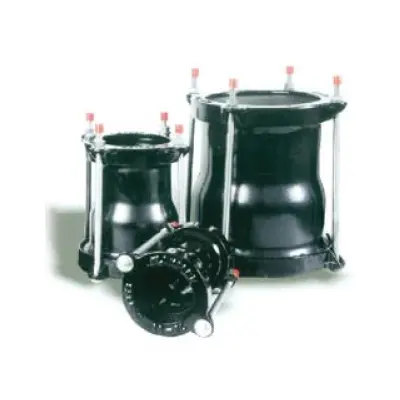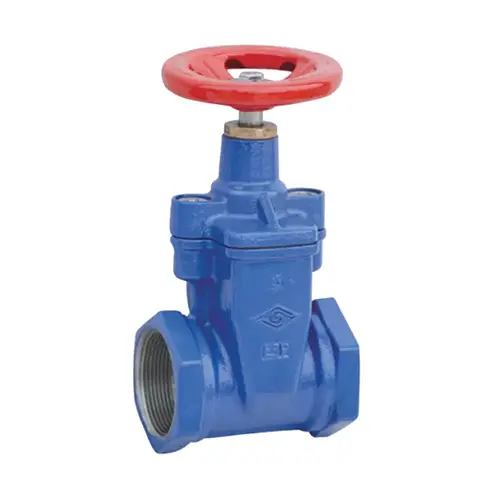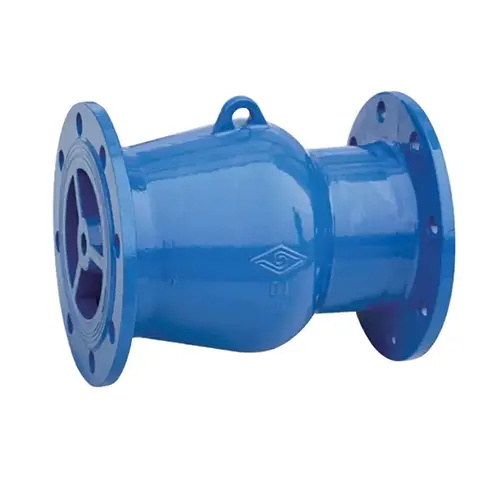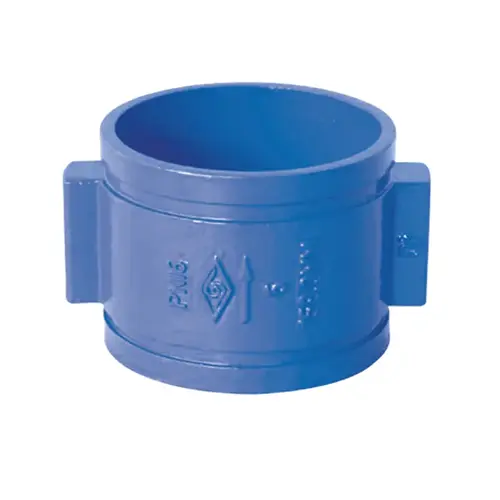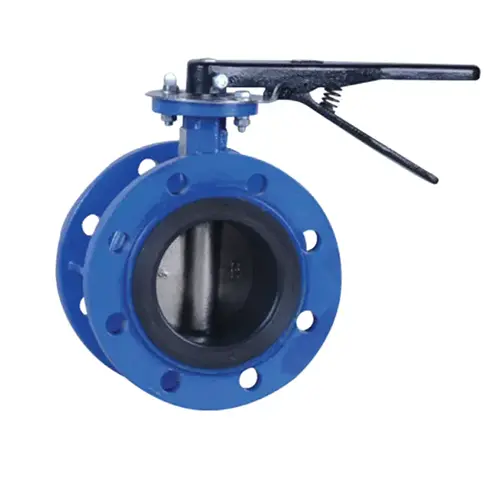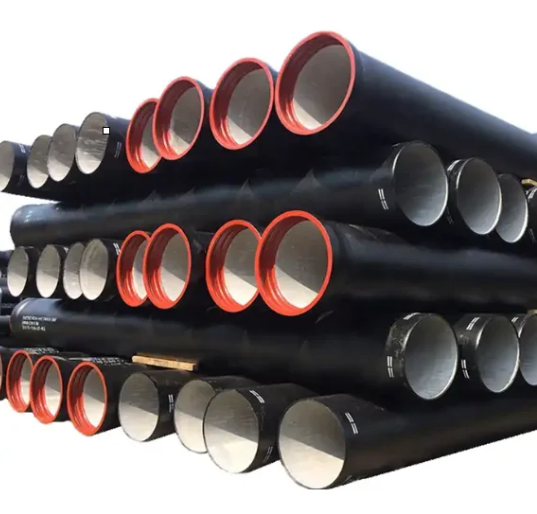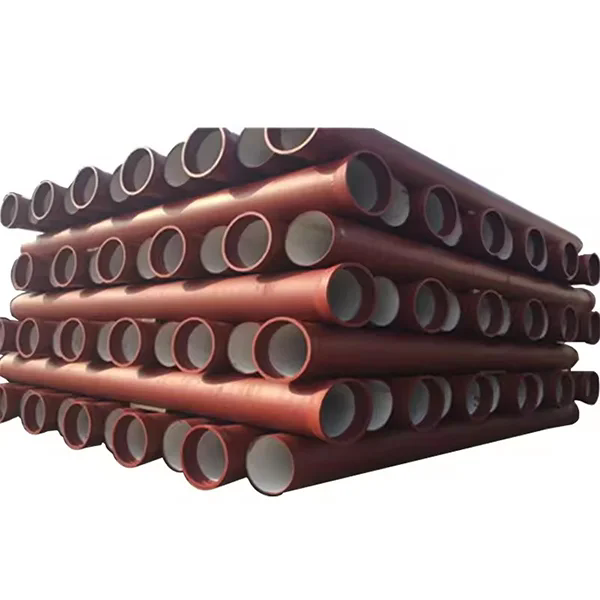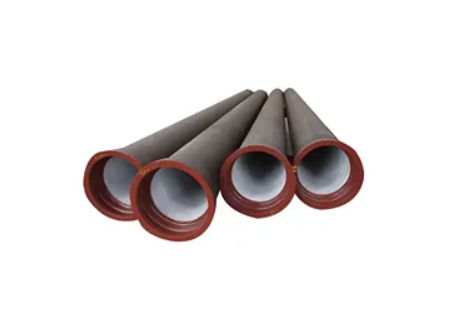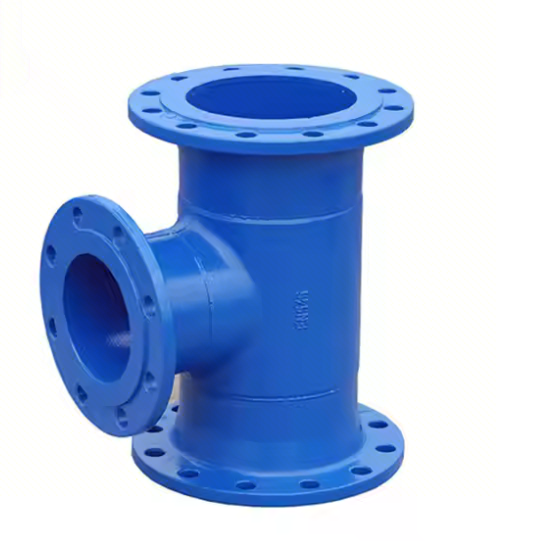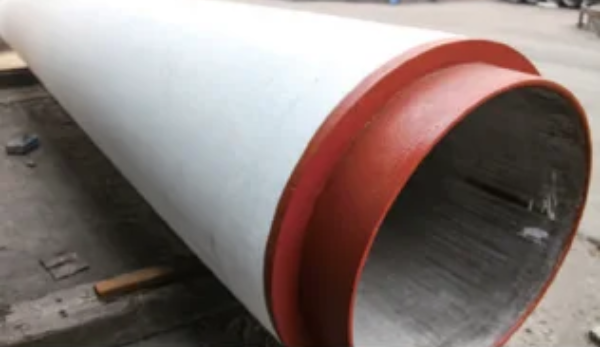Email Us
What is the defference between Cast Iron Pipe and Ductile Iron pipe?
Material Composition: The fundamental difference lies in their microstructure. Cast iron pipe is made from traditional gray cast iron, where the carbon within the iron forms as flake graphite during solidification. Ductile iron pipe, however, is made by adding a small amount of magnesium (or sometimes cerium) to the molten iron just before casting. This addition causes the carbon to form as tiny, spherical nodules (spheroids) of graphite instead of flakes.
Mechanical Properties: This difference in graphite shape dramatically changes the mechanical behavior. The flake graphite in cast iron acts like internal stress concentrators and cracks, making the material inherently brittle and relatively weak in tension and impact. Ductile iron, with its nodular graphite, behaves much more like steel. It is significantly stronger (higher tensile and yield strength), much tougher, and crucially, exhibits real ductility – meaning it can bend and deform considerably before fracturing, rather than shattering suddenly like cast iron.
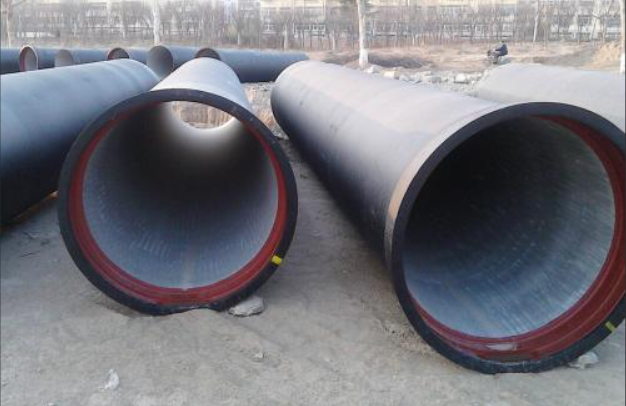
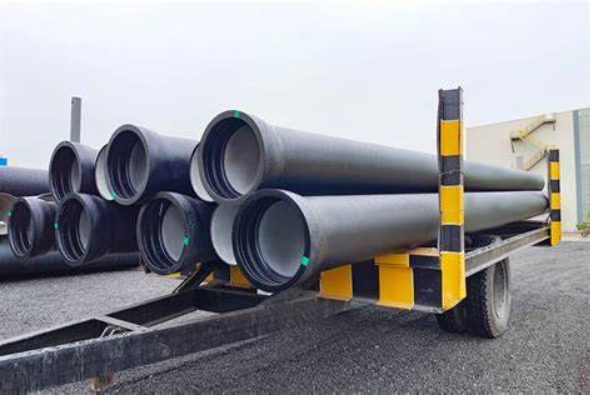
Strength, Flexibility & Installation: Due to its superior strength and ductility, ductile iron pipe can handle much higher internal pressures and external loads (like heavy traffic above buried pipes). Its flexibility allows it to deflect under load without breaking, making it more forgiving during handling and installation, and more resistant to ground movement or impact damage in service. Consequently, DIP walls can be made thinner than CIP for the same pressure rating, leading to lighter weight pipes that are easier to handle. Cast iron pipe, being rigid and brittle, is more prone to cracking or breaking if mishandled or subjected to unexpected stresses.
Corrosion, Applications & Cost: Both materials offer excellent corrosion resistance, especially when lined (e.g., with cement mortar). Historically, cast iron pipe was the standard for centuries, used extensively for sewer/drainage and water mains. Ductile iron pipe was developed in the mid-20th century and has largely replaced cast iron for pressurized water mains, force mains, and many industrial applications due to its superior strength, toughness, and lighter weight. While DIP generally has a higher initial material cost per ton, its thinner walls, lighter weight, easier installation, and superior performance often make it more cost-effective overall for modern pressurized applications. Cast iron pipe is still used, primarily for specific drainage applications where its rigidity or sound-dampening properties are valued, but its use has significantly declined.
SHANDONG EPOCH EQUIPMENT CO., LTD. is a large-scale professional manufacturer in Shandong Province of China, adheres to the orientation of science and technology, environmental protection, quality and efficiency. At present, it has grown into a trans-regional and multi-industrial enterprise integrating such wide industries as design, development, production and export. Visit our website at https://www.epochpipeline.com/ to learn more about our products. For inquiries, you can reach us at sdepochwater@hotmail.com.
- How to select a check valve?
- How are rubber flexible joints manufactured and what processes do they go through?
- What Makes Ductile Iron Pipe the Go-To Choice for Modern Water Infrastructure?
- The characteristics and classification of gate valves
- The manufacturing process of valves
- How to Evaluate Whether a Ductile Iron Pipe Is of High Quality?
About Us
Contact Us
No. 112, Jiefang Road, Lixia District, Jinan City, Shandong Province, China
Copyright © 2025 Shandong Epoch Equipment Co., Ltd. All Rights Reserved.


